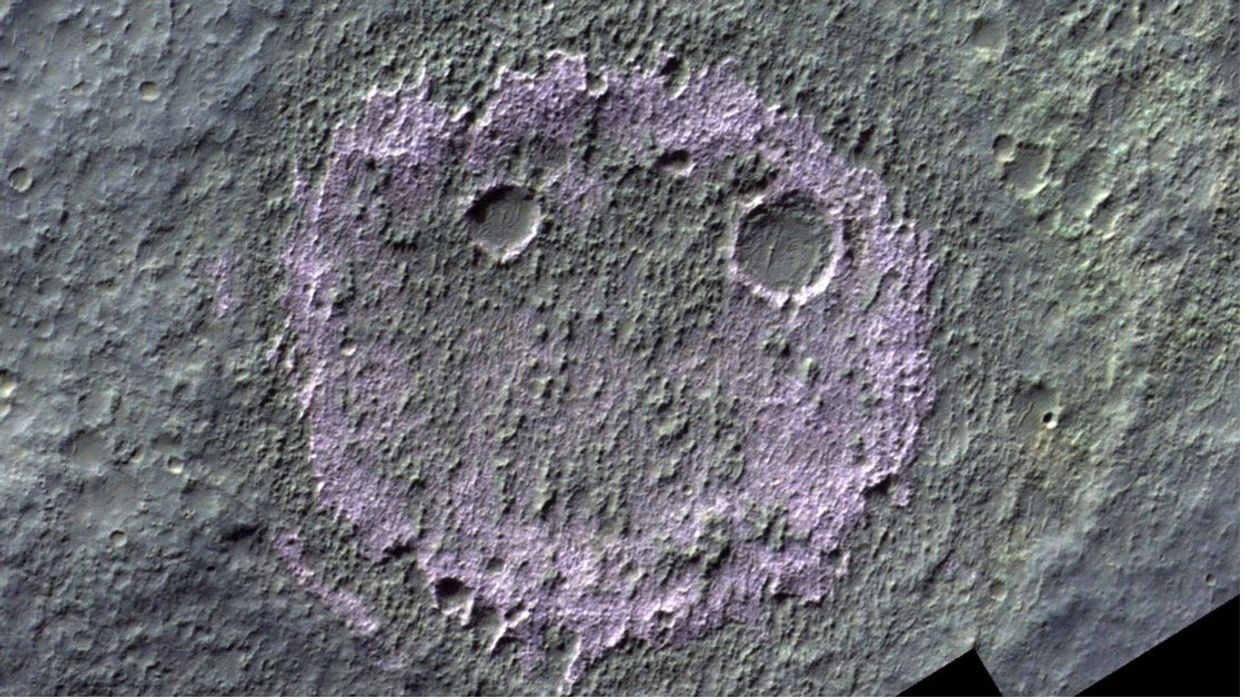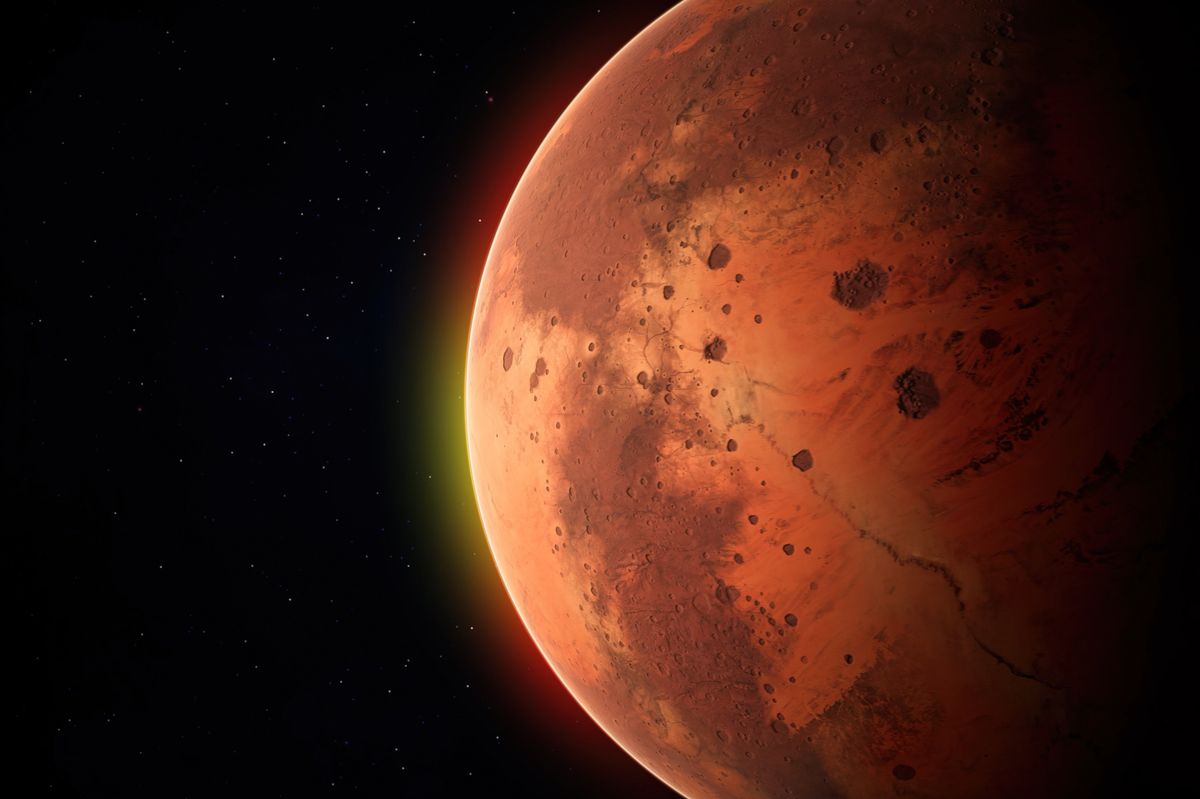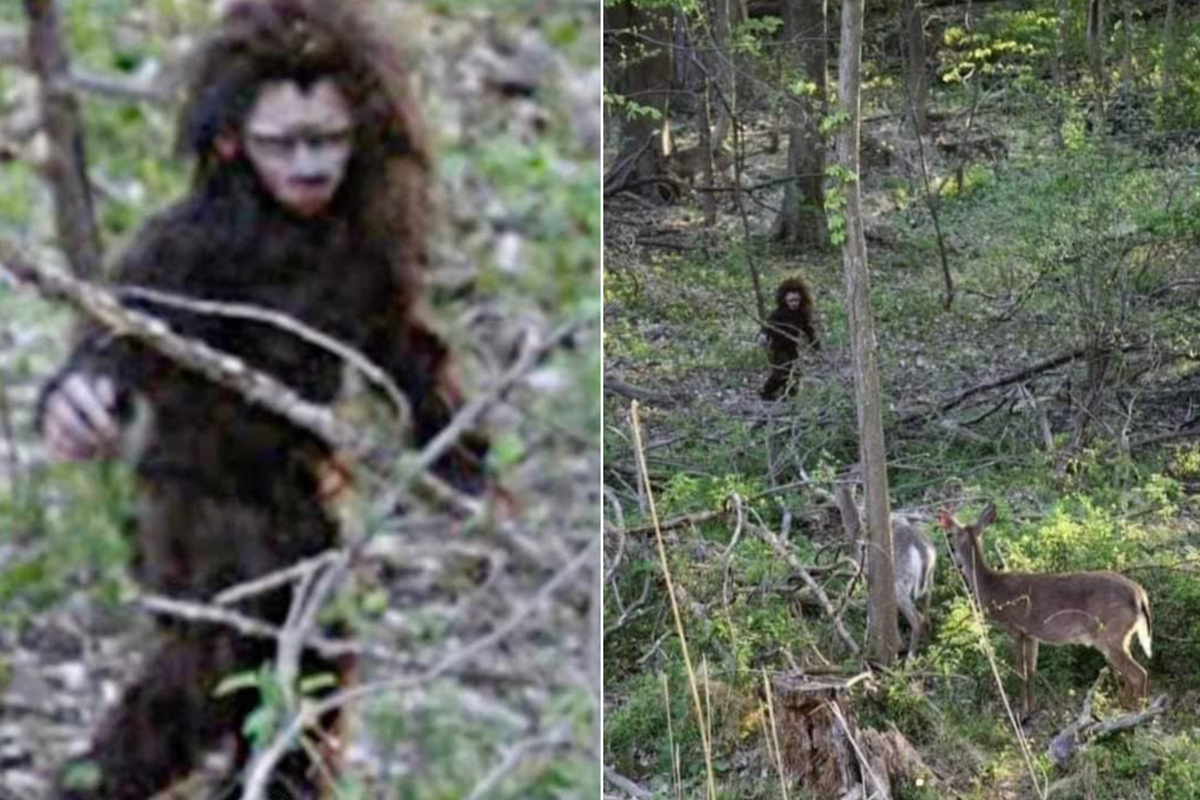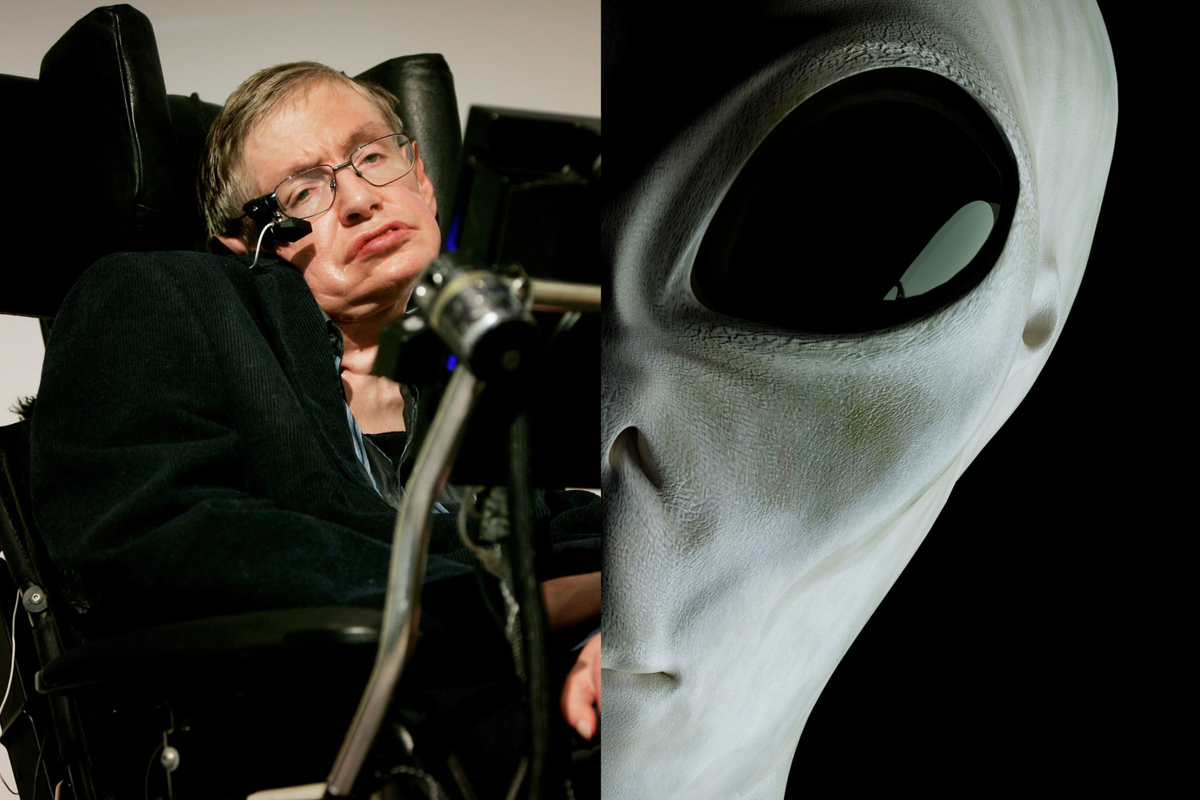Jake Brigstock
Sep 12, 2024

A 'smiley face' discovered on Mars could indicate signs of life on the planet
ESA/TGO/CaSSIS, CC BY-SA 3.0
A 'smiley face' has been discovered on the surface of Mars and scientists say this could show indicators of life on the planet.
It can only be seen using infrared technology but it is the remnant of an ancient lake that dried up billions of years ago.
The face is made up of two crater 'eyes' and ancient salt deposits.
The image was taken by the European Space Agency's (ESA) ExoMars Trace Gas Orbiter, which has been looking at the levels of methane and other gases in Mars' atmosphere since 2016.
An Instagram post from ESA said: "Once a world of rivers, lakes, and possibly oceans, Mars now reveals its secrets through chloride salt deposits found by our ExoMars Trace Gas Orbiter.
"These deposits, remnants of ancient water bodies, could indicate habitable zones from billions of years ago.
"The discovery of nearly a thousand potential sites offers new insights into Mars' climate and potential for past life."
Mars is currently a desert world that used to be covered by rivers, lakes, and possibly oceans around 3.5 billion years ago, according to a blog post from ESA.
As this water disappeared over time, it left salt deposits behind.
A new paper was published in Nature's Scientific Data journal which revealed never-seen-before data that helps scientists better understand the distribution of water in ancient Mars.
A cold era began when Mars lost its magnetic field, couldn't hold its own atmosphere and water evaporated, froze or was trapped within the surface.
High concentrations of salt allows water to remain liquid at temperatures as low as -40 degrees Celsius meaning these waters could have been a haven for life.
How to join the indy100's free WhatsApp channel
Sign up to our free indy100 weekly newsletter
Have your say in our news democracy. Click the upvote icon at the top of the page to help raise this article through the indy100 rankings.
Top 100
The Conversation (0)












